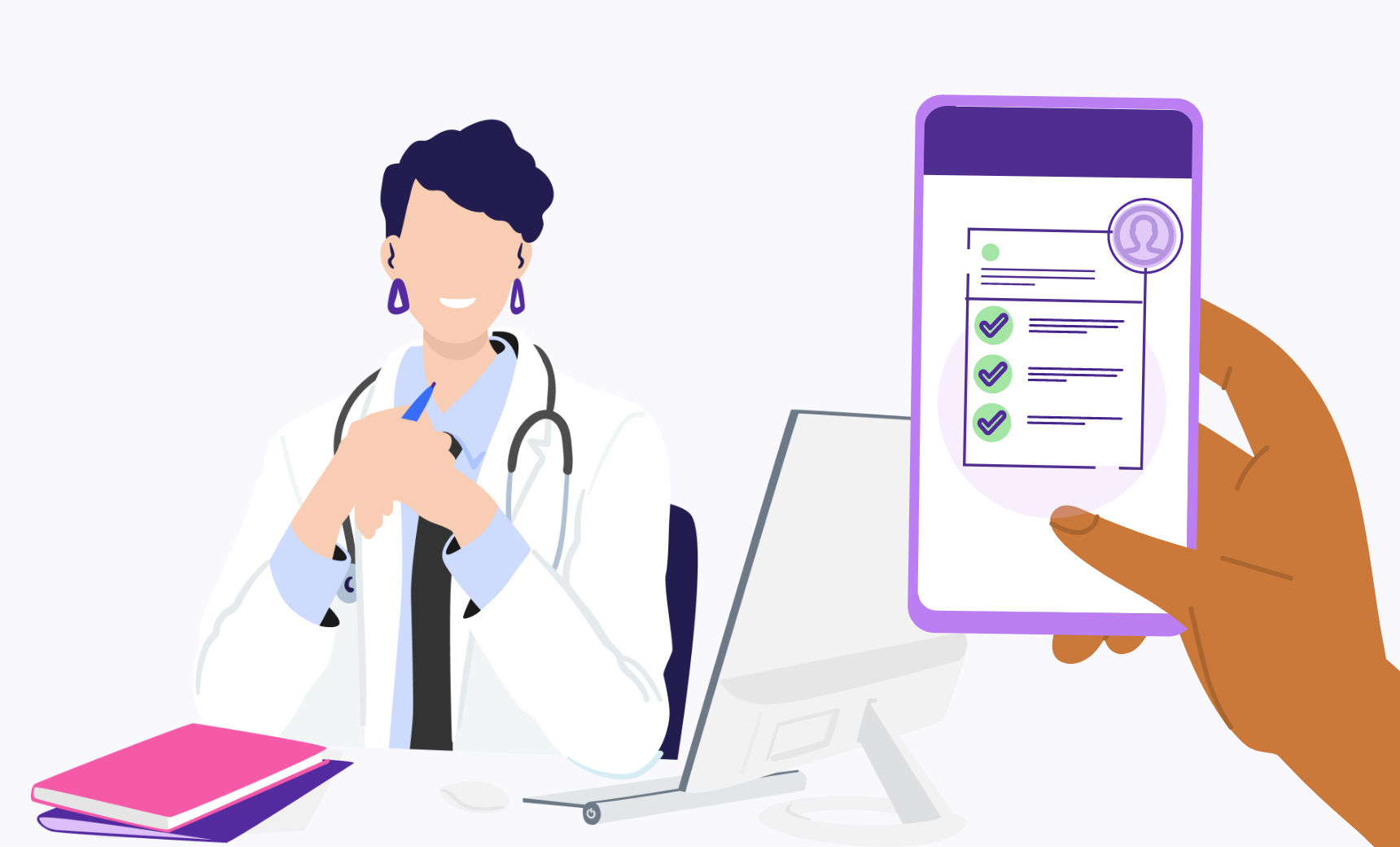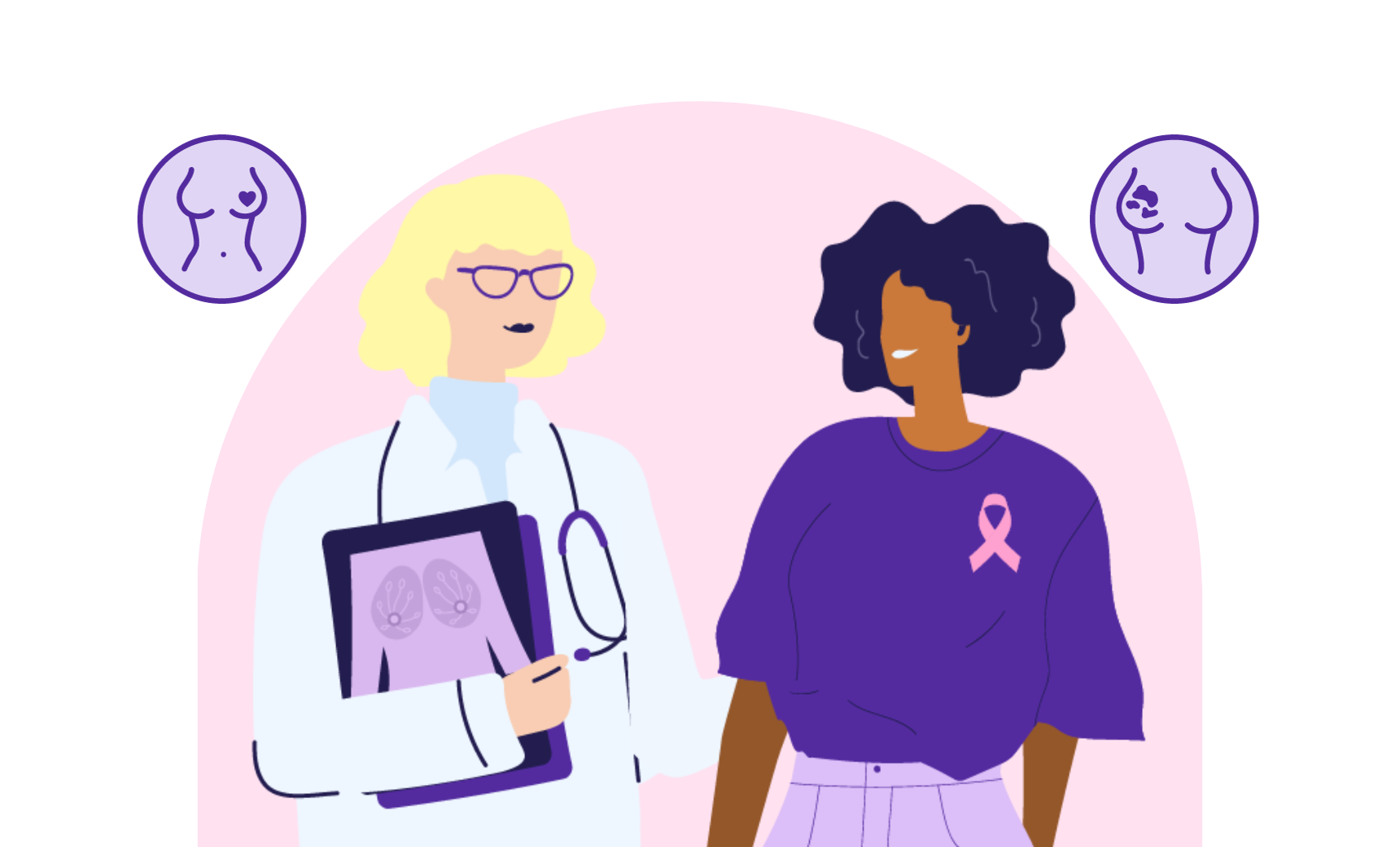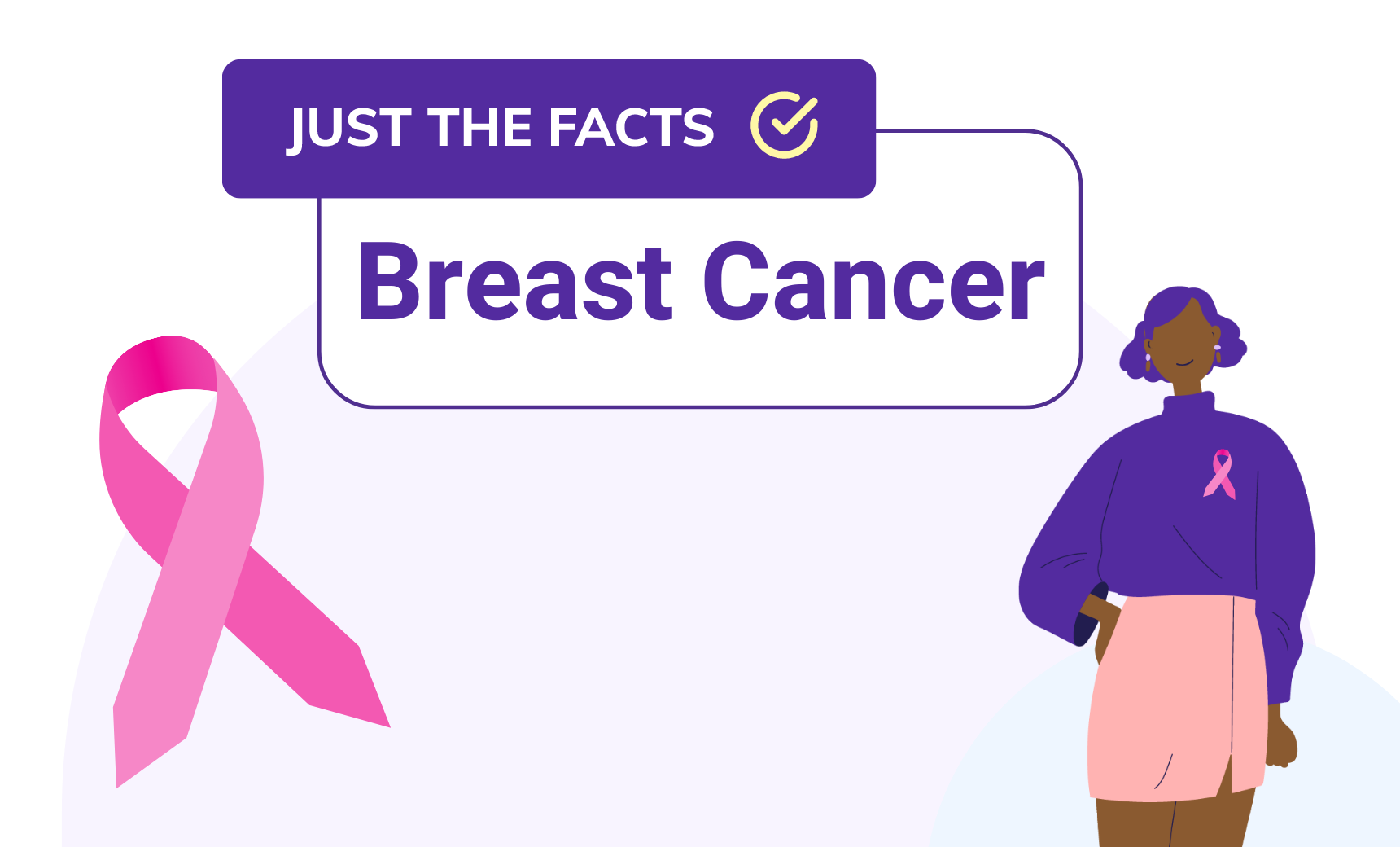
3 Ways to Improve Appointment Follow-Up
Your staff is busy and so are your patients, making effective follow-ups difficult (but not impossible).
Diagnostic centers have to confront a crucial daily challenge: ensuring effective follow-up after patient appointments. Continuity of care and patient satisfaction rely on a diagnostic center’s ability to maintain timely and personalized communication throughout the follow-up process. Traditional follow-up methods are often ineffective and take time away from in-office patients and additional pressing tasks. However, when follow-up processes fall by the wayside, it leads to missed appointments, fragmented care, and dissatisfied patients. Luckily, diagnostic centers can bridge the gap in post-appointment care.
Let’s take a deeper look at three ways your diagnostic center can optimize your current follow-up procedures.
1. Automate: Streamline Appointment Follow-up Communication
Diagnostic centers operate in a fast-paced environment, and automating patient follow-up saves staff time while increasing patient satisfaction and loyalty. By automating appointment follow-up, staff can ensure positive patient experiences in-office while still providing effective patient care to those who need appointment reminders. Using automation allows patients to receive consistent and prompt notifications regarding their follow-up appointments, including any pre-appointment requirements, and reduces the number of no-shows or incomplete tasks. The streamlined approach improves operational efficiency and fosters a positive patient experience.
Automated follow-up systems help diagnostic centers allocate resources effectively, ensuring that each patient receives the attention they deserve—whether they are actually at a center or not. By providing reliable care, no matter a patient’s location, diagnostic centers encourage patients to choose the center for future healthcare needs. Through automation, diagnostic centers can maintain excellence in patient care, while also managing their demanding workloads efficiently.
2. Engage: Omnichannel Messaging on Patient Preferred Channels
Omnichannel messaging is another tool that diagnostic centers can use to engage patients. Providing appointment follow-up reminders through a patient’s preferred communication channels—such as SMS, email, phone calls, or secure messaging apps—makes it easier for staff to reach them and provide more information, increasing the likelihood of successful follow-up appointments, and decreasing the chances of appointment cancellations. This personalized approach enhances patient satisfaction, improves patient engagement, and encourages compliance with follow-up instructions.
Implementing omnichannel messaging enables diagnostic centers to create a seamless and convenient patient experience. By meeting patients where they are, diagnostic centers empower patients throughout their healthcare journey, leading to better outcomes. This patient-centric approach strengthens the patient’s confidence in the diagnostic center and fosters long-term relationships.
3. Optimize: Enhance Patient Follow-Up Options with Telehealth
Telehealth solutions have transformed appointment follow-up practices, empowering diagnostic centers to bypass location limitations and expand their reach. Virtual follow-ups offer unparalleled convenience and flexibility, mitigating the barriers to care often associated with in-person visits and improving patient satisfaction.
By integrating telehealth solutions such as MinuteMed, diagnostic centers can deliver comprehensive follow-up care to patients, regardless of their location. Virtual appointments eliminate the need for travel, so patients don’t have to lose time driving, worry about spending money on gas, or deal with the hassle of fitting an appointment into their busy schedules. Flexible scheduling options for virtual visits make it more convenient for patients to receive care wherever they are, and helps to ensure uninterrupted continuity of care.
Adopting telehealth solutions demonstrates that diagnostic centers understand the everyday challenges that keep patients from continuing their care. The revolution of telehealth services has reshaped follow-up practices, enabling diagnostic centers to offer patient-centric care that is accessible and inclusive.
As diagnostic centers strive to enhance patient care and satisfaction, these three strategies—automation, omnichannel messaging, and telehealth solutions—serve as powerful tools to transform appointment follow-up practices.
LabFinder makes it easy to adopt and integrate these approaches, so diagnostic centers can improve patient outcomes, increase patient engagement, and promote seamless continuity of care.
If your diagnostic center is ready to simplify the follow-up process for staff and patients, schedule a demo today.





LabFinder Editorial Team
The LabFinder Editorial Team is behind The Illuminator and The Insider, LabFinder’s consumer and business blogs.
Dr.Robert Segal
Dr. Segal is CEO and co-founder of LabFinder, as well as a board-certified cardiologist. He began practicing medicine in 2002 and has founded several businesses, including Medical Offices of Manhattan and Manhattan Cardiology.